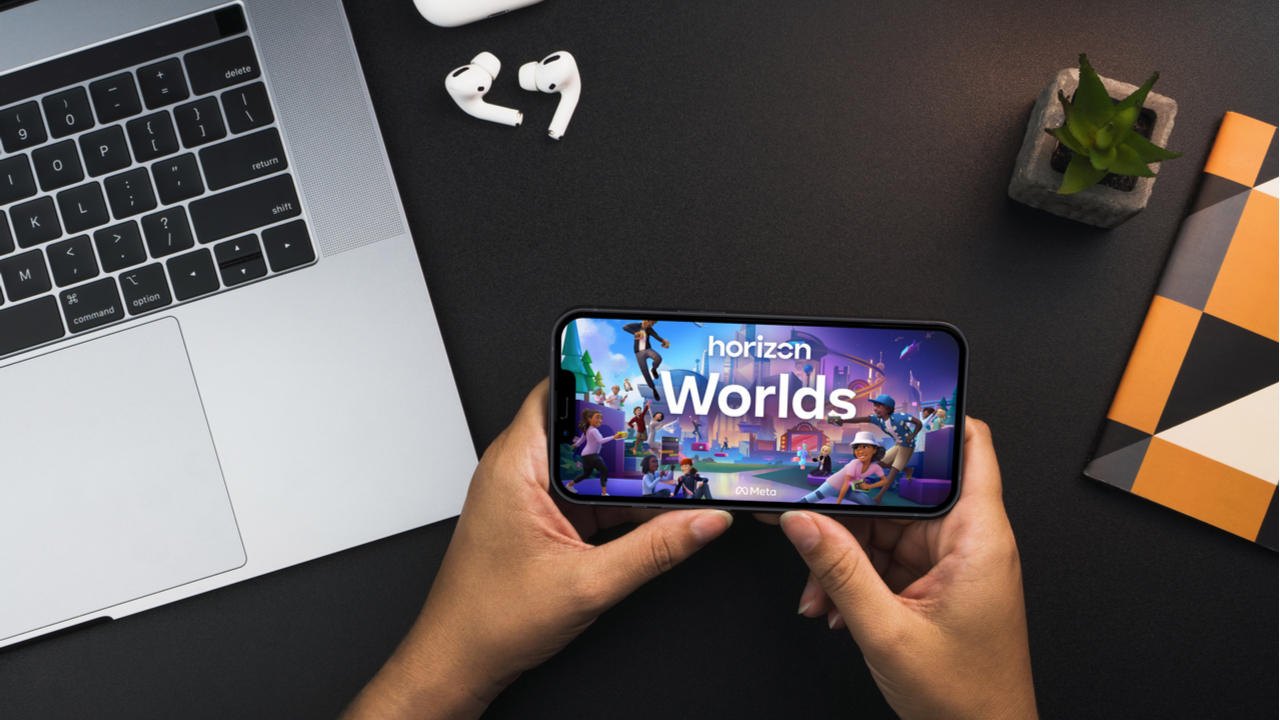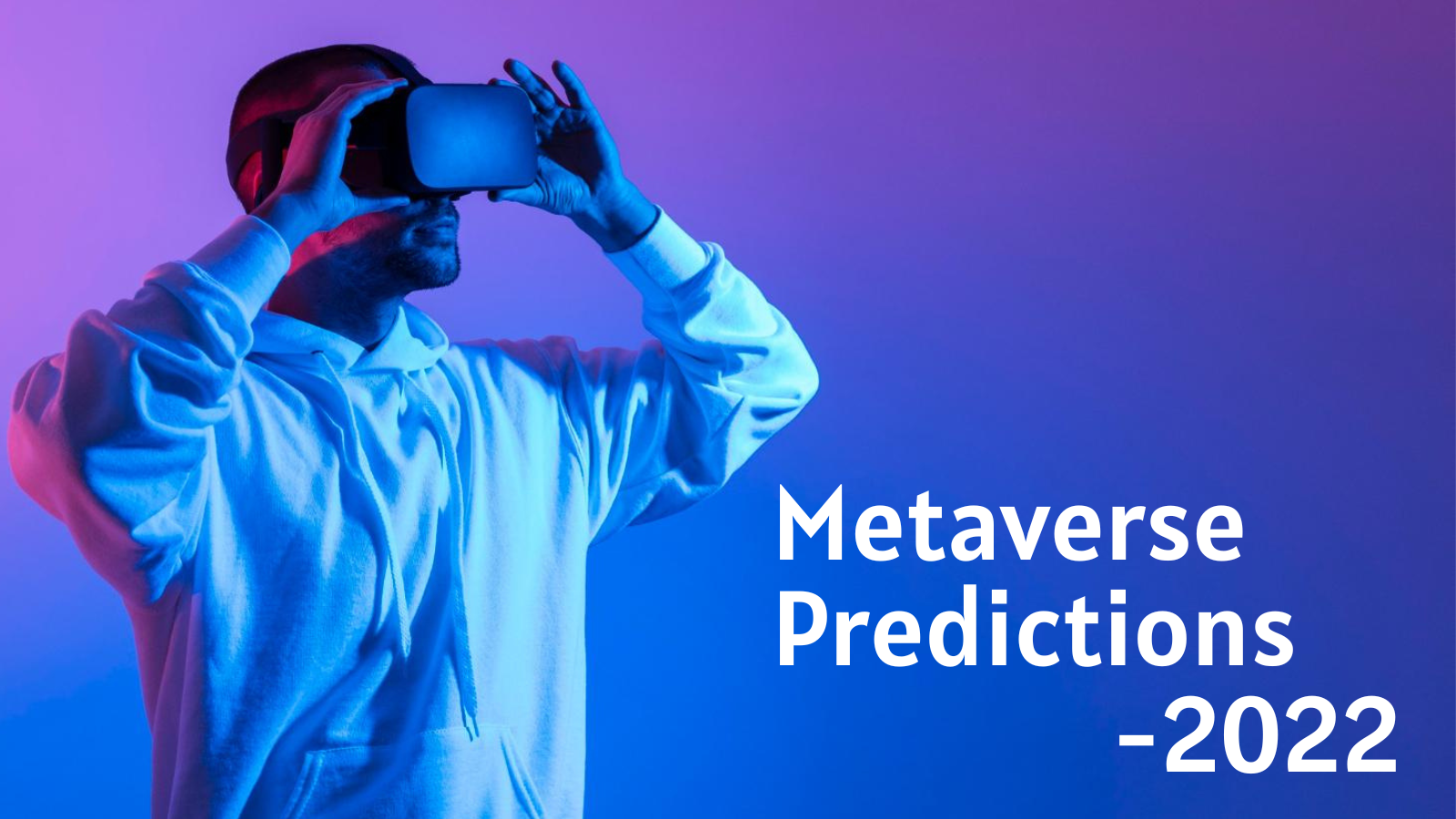How GAIMIN Is Supporting Metaverse and Web 3.0 Ecosystems
How GAIMIN Is Supporting Metaverse and Web 3.0 Ecosystems


Facebook changes its name to Meta and the world suddenly becomes interested in the metaverse however the term has been around for some time, and is closely associated with Web 3.0.
So what is Web 3.0, the Metaverse and how is GAIMIN involved?
Web 3.0
Web 3.0 is the term used to describe the next paradigm shift in the Internet. In Web 1.0, Internet browsers connected everyone online – Netscape for example. Web 2.0 is where we were connected into online communities – Facebook. Web 3.0 is perceived to be the next stage in community engagement – connection of individuals and organisations into a community-owned virtual world.
Grayscale recently aligned the key features of Web 1.0, Web 2.0 and Web 3.0 which helps describe how technological components fit into the categories:
| Web 1.0 | Web 2.0 | Web 3.0 | |
| Interact | Read | Read-Write | Read-Write-Own |
| Medium | Static text | Interactive Content | Virtual Economies |
| Organisation | Companies | Platforms | Networks |
| Infrastructure | Personal Computers | Cloud and Mobile | Blockchain and Cloud |
| Control | Decentralised | Centralised | Decentralised |
The world is moving into digital activities; Gen Z ubiquitously embraces internet technologies and digital device interactions. They are expert communicators through social media, they play games and create virtual world-wide friendship groups, they collaborate with others who hold similar ideas and interests, and they embrace new technology quickly.
Individual social lives are converging through digital interactions – again through social media and also now with gaming, creating a fast-growing virtual economy for goods and services – estimated to grow from $180bn in 2020 to $400bn by 2025.
As individuals become more aligned with the technology they are also rebelling against current incumbent technology providers for the Web 2.0 environment. Web 2.0 is a closed corporate metaverse, controlled by organisation and big tech. Web 3.0 is taking over due to its user-led democratic control and ownership.
The biggest issue faced by participants in Web 2.0 applications, especially gamers, is the investment made into the build up of costly in-game assets within a single game. When a gamer wants to move to a different game, or just try it out, their investment in other games remain within that environment and are not transferable. Investment and assets can be lost and new costs are incurred in building assets and inventory for a new game.
Web 3.0 and the metaverse attempts to solve this problem through blockchain and NFT technology. NFTs allow a gamer to build assets independent of any game or games developer. NFTs are held in a separate wallet and can be used interchangeably across different games. When the gamer wants to play a different game, they own the NFT asset and can transfer it for use in a different game that supports NFTs. Additionally as NFTs are controlled through smart contracts within the blockchain network, NFT owners can transact their NFTs – buy, sell and rent them with other gamers, allowing them to retain their investment but also grow their digital worth. Web 3.0 allows gamers to create a new free-market internet-native economy that can be monetised in the physical world – the evolution of the “creator community”, known as “Pay to Earn (P2E)”.
To survive in the Web 3.0 world, established Web 2.0 corporations will need to implement disruptive business strategies. Gaming is one of the most immediately addressable market segments for Web 3.0 to take hold and is being readily embraced by gamers who are already seeing benefit from this technology with value shifting to Web 3.0 compliant applications. Corporations starting out in the Web 3.0 economy will benefit from first mover advantage having developed business strategy around Web 3.0 concepts and not needing to transition products and services from Web 2.0 to Web 3.0.
The metaverse opportunity extends beyond gaming. Metaverse related environments are forecast to be a trillion-dollar revenue opportunity encompassing advertising, social commerce, digital events, hardware and development/creator monetization.
The Metaverse/Web 3.0 Economy
Web 3.0 Metaverse economies are developing with a mix of digital goods, services and assets, paid for in both fiat and cryptocurrencies, generating real-world value for users. Blockchain technology is the underlying technology for recent implementations with game developers needing technology solutions to enable this technology into their software. Blockchain technology provides the basis for asset ownership, trading and value growth.
What's Your Reaction?

















